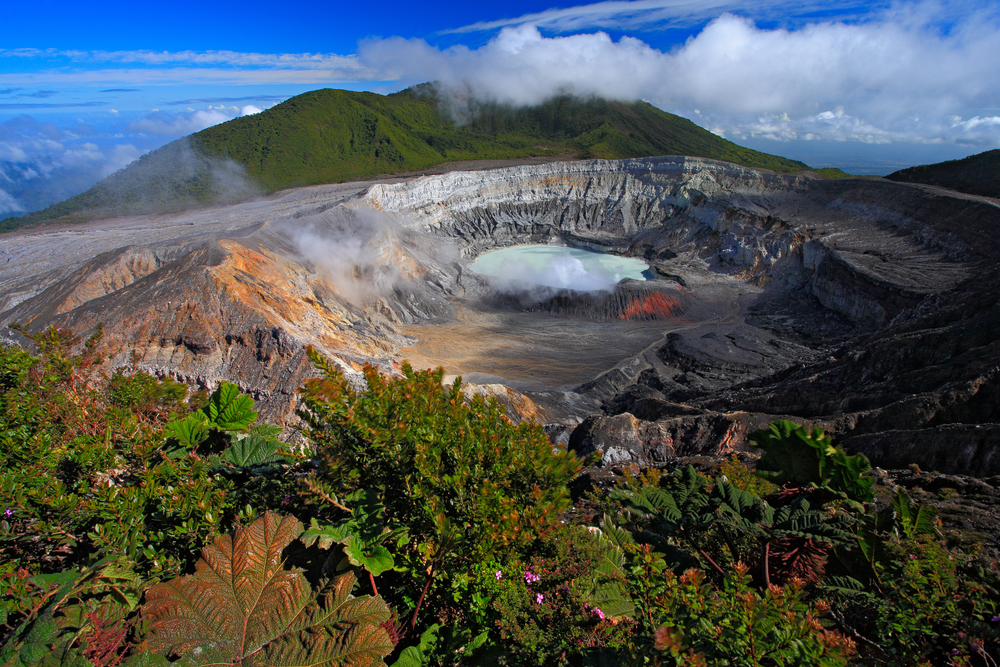Rincon de la Vieja Overview
Rincón de la Vieja National Park, known in Spanish as Parque Nacional Rincón de la Vieja, is located in the Guanacaste Province of Costa Rica.
The park spans approximately 71 square miles (184 square kilometers) and stands as a celebrated haven for both nature enthusiasts and adventure seekers. Nestled in a region where volcanic forces have sculpted the landscape, the park is integral to Costa Rica’s efforts to preserve its rich biodiversity and geological heritage.
Set against the backdrop of an active volcanic region, the park offers a dramatic tapestry of rugged terrain, rolling hills, and deep valleys. The imposing Rincón de la Vieja volcano dominates the scenery with its steaming craters and bubbling mud pools, serving as a vivid reminder of the earth’s dynamic power. Surrounding the volcano, dry tropical forests blend with patches of lush evergreen groves, where native plants flourish in mineral-rich soils.
The park is adorned with natural attractions that enchant every visitor. Among these, the La Cangreja waterfall captivates with its cascading waters that tumble over rugged rock faces into serene pools below.
Hot springs and fumaroles are scattered throughout the area, offering natural steam baths and misty vistas that underscore the land’s geothermal activity. Numerous trails wind their way through this diverse environment, leading explorers to hidden clearings and panoramic views that epitomize Costa Rica’s natural charm.
Wildlife thrives in every corner of Rincón de la Vieja National Park. Visitors often encounter agile howler monkeys, inquisitive coatis, and graceful white-tailed deer traversing the forest floor. In more secluded areas, elusive mammals such as pumas and jaguars can occasionally be glimpsed in their natural habitat.
Birdwatchers will delight in spotting vibrant toucans, elegant motmots, and an assortment of hummingbirds darting among the trees. Colorful frogs and sunbathing iguanas further contribute to the park’s reputation as a biodiversity hotspot.
The park offers a wealth of activities for those seeking to immerse themselves in nature. Hikers can traverse well-marked trails that reveal hidden waterfalls, dramatic volcanic features, and serene forest clearings. Guided tours impart valuable knowledge about the region’s geological history and ecological importance.
Many visitors also partake in birdwatching and wildlife photography, capturing the vibrant life that flourishes within the park. Horseback riding and relaxing soaks in natural hot springs provide additional ways to experience the park’s unique environment.
Conservation remains a cornerstone of management at Rincón de la Vieja National Park. Park authorities work diligently to preserve habitats and combat challenges such as invasive species and the effects of climate change. Collaborative efforts with local communities have led to successful restoration projects that revitalize native vegetation and protect endangered species.
These initiatives not only enhance the park’s ecological balance but also promote sustainable tourism practices. The ongoing commitment to conservation ensures that future generations will continue to experience the park’s natural wonders in an environment that is both vibrant and resilient.
The blend of natural splendor, rich biodiversity, and cultural heritage makes Rincón de la Vieja National Park a cherished destination for locals and international travelers alike, inspiring a deep respect for the environment.
Park Map
Rincon de la Vieja National Park Highlights
Share your clicks with us
Related National Parks More Costa rica
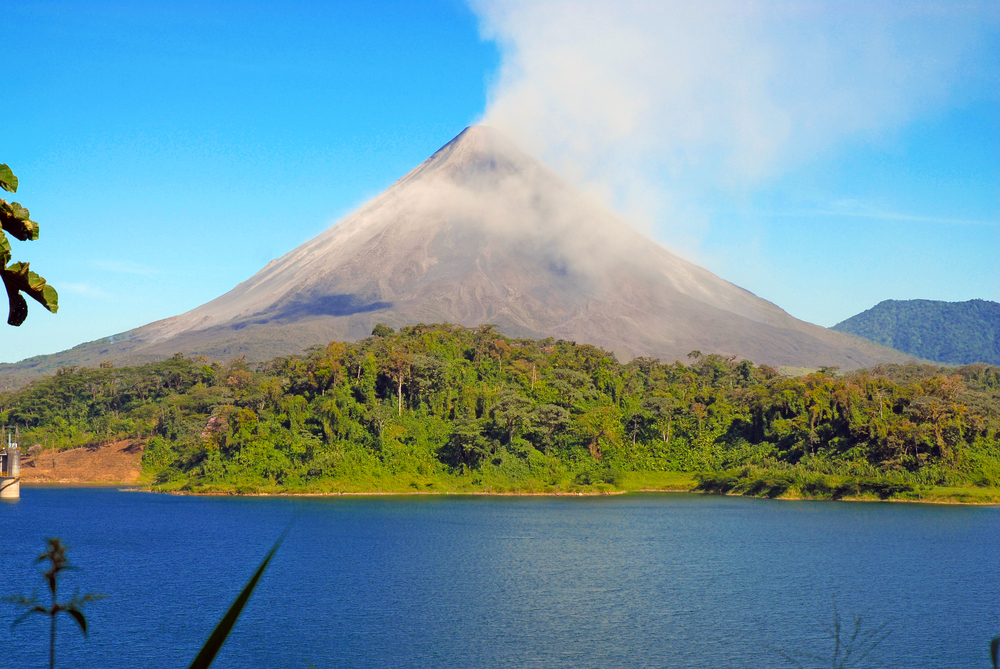
Arenal Volcano National Park
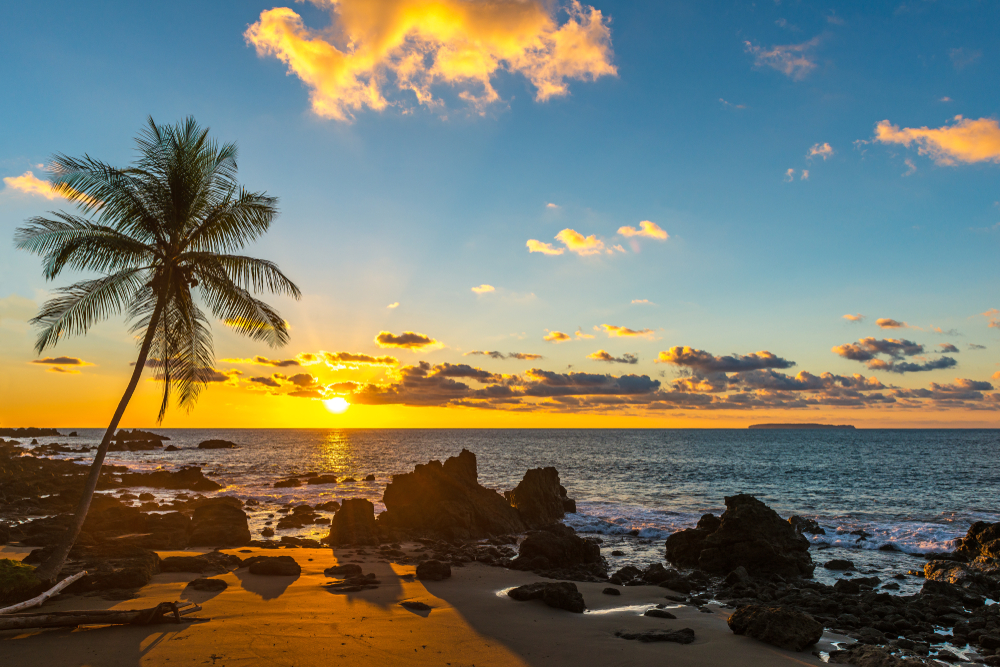
Corcovado National Park
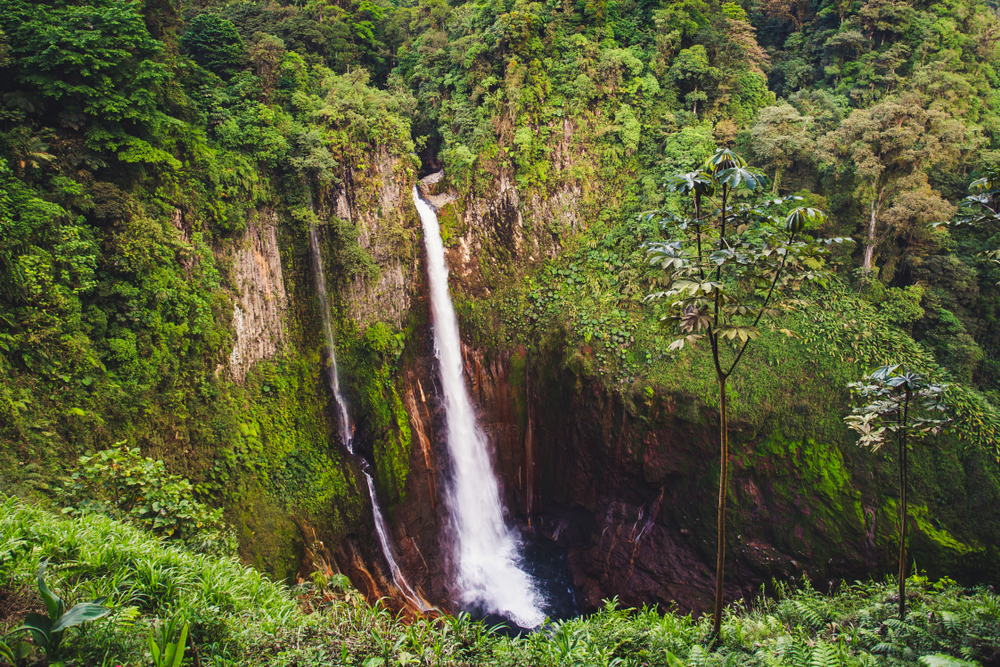
Juan Castro Blanco National Park

Las Baulas Marine National Park
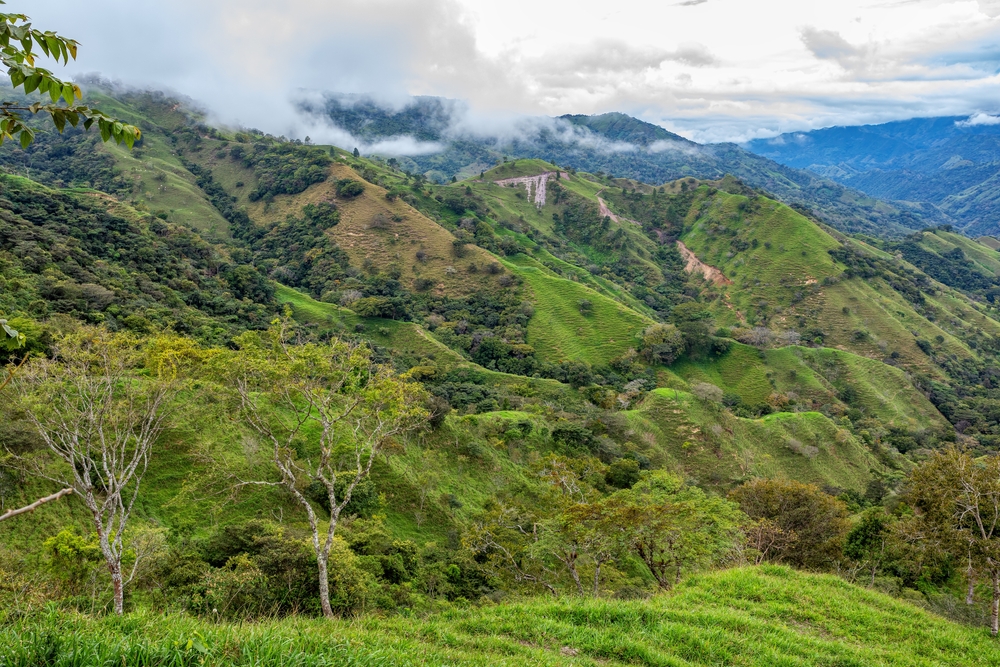
Los Quetzales National Park
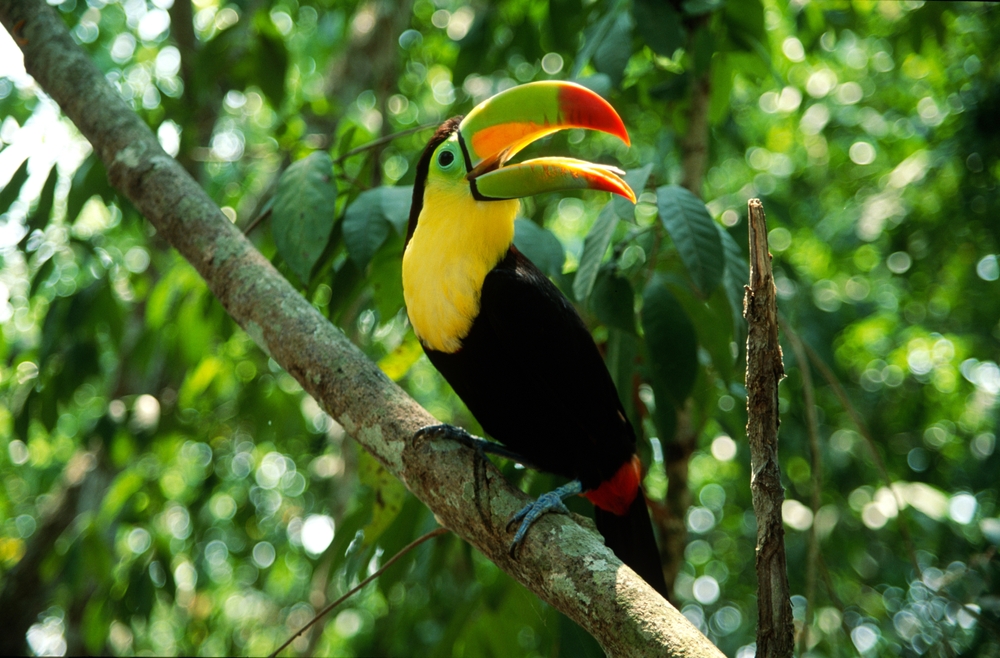
Manuel Antonio National Park
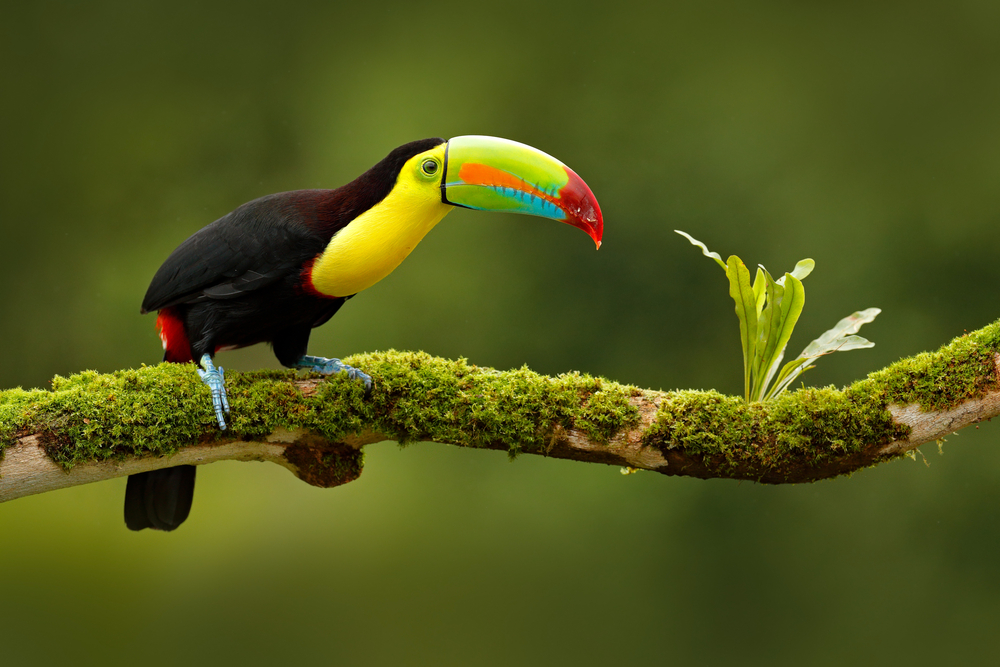
Miravalles Jorge Manuel Dengo National Park

Palo Verde National Park
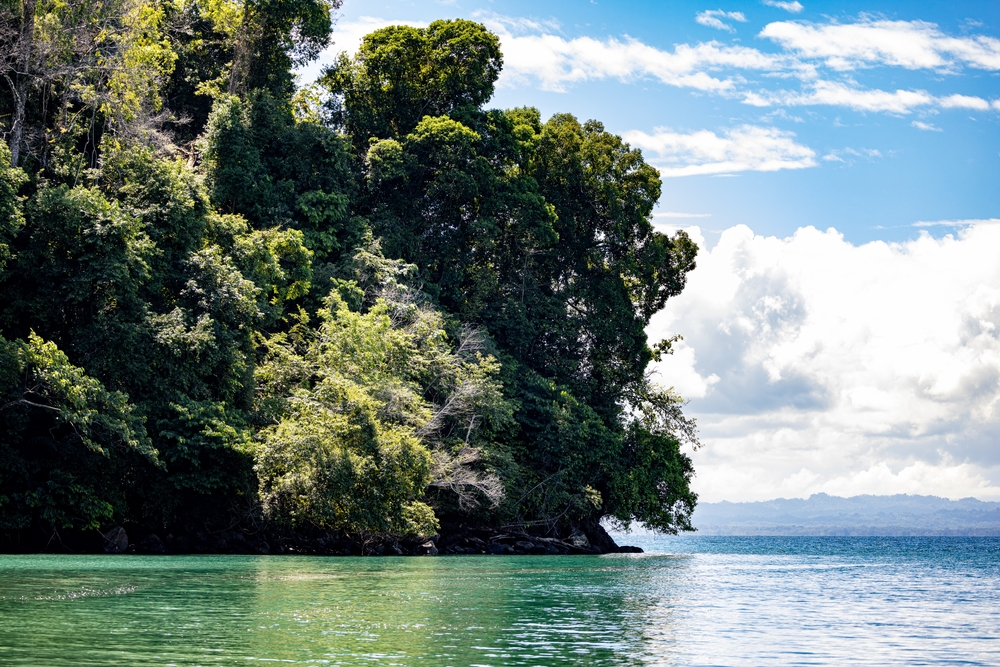
Piedras Blancas National Park
